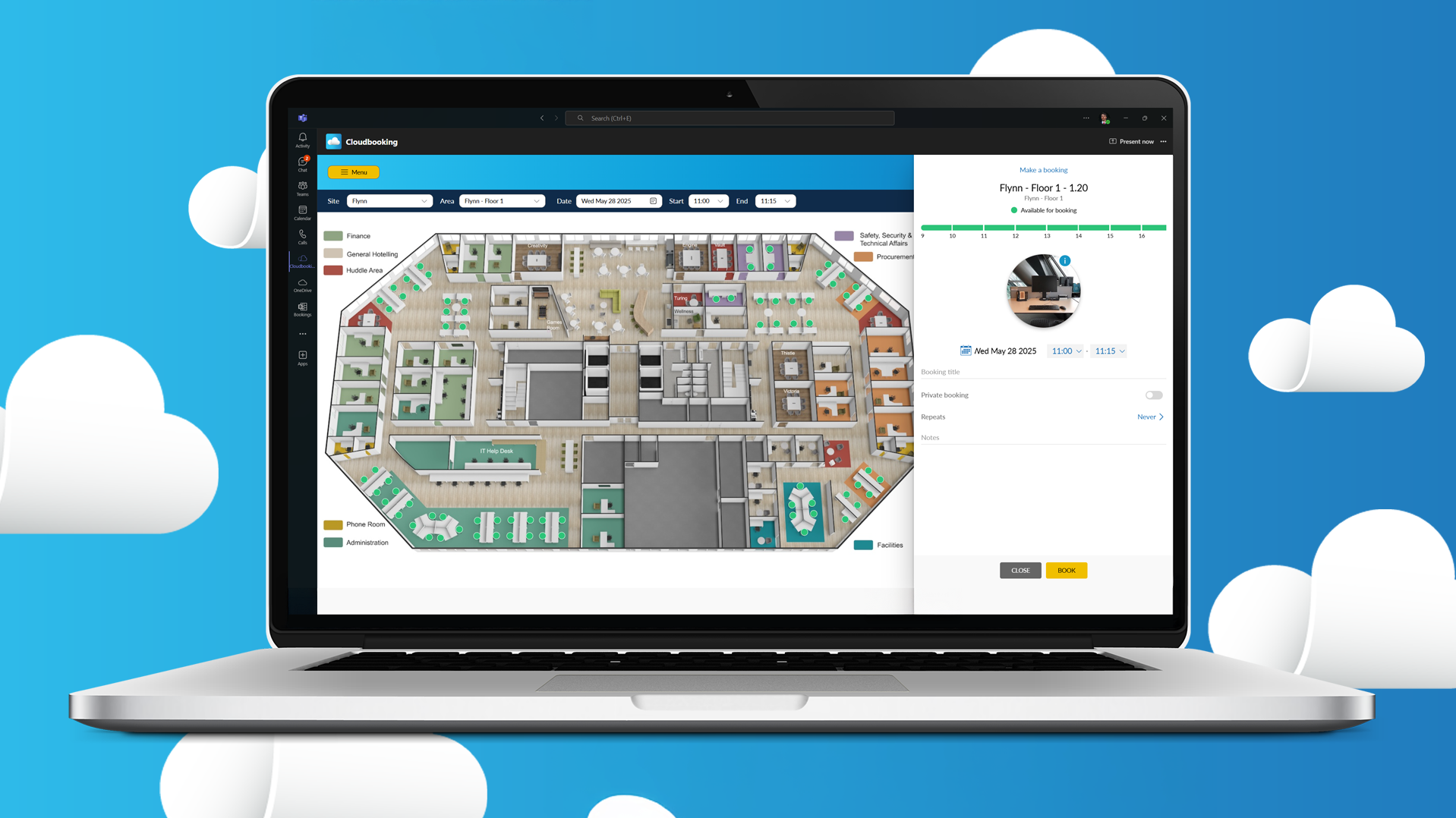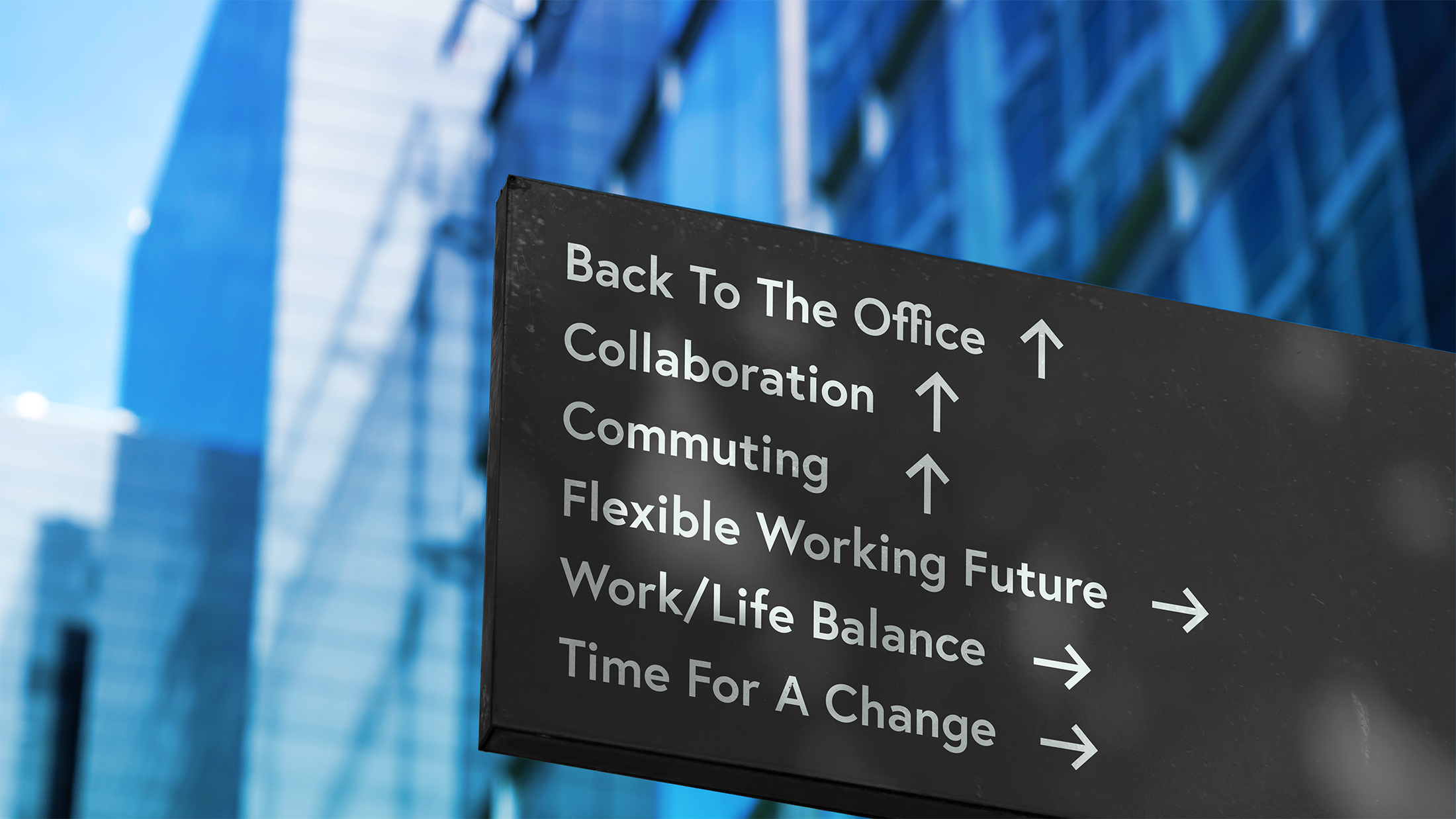
What does the future workplace look like post-COVID-19? Will our current idea of ‘the workplace’ even exist?.
Get a free demo
Enquire about a no-obligation demo today and get an exclusive hybrid working research paper — for free. Created in partnership with YouGov, this invaluable guide provides essential insights into developing your own effective hybrid strategy. Click below.
After having to rapidly apply remote and flexible working protocols to keep staff safe and productive, many businesses that were previously resistant to these practices have been able to see the benefits first-hand. As a result, the workplace landscape is set to completely change following COVID-19 social distancing and work restrictions.
So, what will happen when we return to work? Will there still be ‘an office’? How do we keep team members safe? Do we actually need all that space?
As we work through the new recession, the answer will likely be no. Real estate costs money, money that companies need to keep employees in jobs and maintain business.
Prior to COVID-19, what did the workplace landscape look like?
Before COVID-19, employers were fighting demands for flexible working, but also more meeting space. One of the most expensive commodities for businesses is real estate and operational costs for office workspaces are often unnecessarily high – and these costs are still rising.
Meanwhile, many meeting rooms were often at capacity – often 70% to 80% full in booking systems, but when staff would check rooms for last-minute bookings, they were frequently empty. The meeting room utilisation figure was also less than 50%, and the average meeting room occupancy was often less than 50% of the room’s capacity when in use. What business leaders thought employees utilised versus what was actually used were worlds apart.
Regarding the workforce itself, there was already a shift in attitude when it came to how, and where, people wanted to work. Recent ONS Labour Force Survey figures show that by the end of 2018 1.54 million people worked from home for their primary job, which is up 884,000 from 2008. And we can expect that figure to rise even further once offices begin to open again and need to adjust to social distancing requirements. However, it’s not just those remote working that leads to unused workspace in offices. Many employees are also likely to work from different offices and different hubs, connecting to their company server and emails remotely.
How has COVID-19 affected office-based businesses?
The Cloudbooking team has spent time with our customers to understand and support their workforce needs throughout this period. Many businesses have found the sudden transition from employees working in a controlled onsite workplace environment to full-time home-based working very challenging.
For many businesses, and our customers included, they faced and still face a number of challenges. First of all, the move required businesses to seek new technical solutions and adapt infrastructures quickly to enable employees to work from home, which was a huge pressure for businesses that weren’t set-up to enable remote working.
As a repercussion, training and upskilling employees to use new technologies and adapt to different ways of working with little time for planned change management strategies, undoubtedly affected productivity in the early stages. This not only affected the way businesses work with clients but also the need to adopt new ways of collaborating with colleagues and managing teams and individuals, which has been a substantial corporate and cultural shift for businesses used to working on site.
While the sudden transition put a great deal of stress on businesses in the first few weeks of lockdown, it has been the greatest working from home experiment of our time. Before this, many companies were still resistant to allow employees to work from home regularly, often due to a lack of trust in their workforce, and this move has forced their hand. As a result, these businesses, and maybe you are one of them, have been able to see how committed their workforce is while working remotely and open their eyes to the benefits of home working. Even though the move was enforced, employees have been able to enjoy an improved work-life balance, spend more quality time with family, and even pick-up a new hobby or two, while taking the additional challenges of homeschooling in their stride.
How can I manage the return to work post-COVID-19 for my office?
Despite there being no clear road map to the ‘new normal’, and a return being dependent on fluctuations in new virus cases, businesses must commence scenario planning now to avoid another sudden upheaval to the workforce.
What we do know is that social distancing will be a part of our lives – in and out of work – for the foreseeable future. As a result, businesses need to assess their workspace and calculate how many people can be in the office at one time, and how much distance they can place between desks to enable employees to work safely. This may mean you have to:
- Reduce the number of employees on shared desks
- Reduce the number of employees in the office at any given time
- Create a schedule for the office to manage who comes in and who works from home each day
- Create a workspace and meeting space policy
- Implement a desk and meeting room booking system, with low touch QR codes and sensor technology into workspace areas to ensure occupancy limitations for social distancing and contact tracing
- Update your visitor management policies depending on the needs of the business – enable low touch check-in capabilities with health and safety screening or some may consider it to be necessary to stick to video conferencing tools in place of face-to-face meetings
What will the great workplace reset mean for my business?
With workplaces set to become more flexible and collaborative than ever, and businesses looking to reduce overheads to mitigate the recession the UK has entered, it is crucial to invest correctly in the technology that will enable this new dawn.
Employee demands for increased flexible working will undoubtedly play a huge part in the future of the UK’s business landscape, particularly now business leaders have learned employees can thrive at home. But this also means that big UK business hubs, such as London and Manchester, are likely to be dispersed, while small satellite offices may pop-up across the country.
Now, as you, as business decision-makers, approach the return to work solution, you must react to employee demand for flexible working or face losing millions of pounds in wasted real estate. Today’s technology allows you to tackle operational costs by reducing the amount of underutilised workspace in an office. With hot desk sensor technology to monitor and manage desk and meeting room utilisation now readily available, this data can be used to determine how office space is truly being used, and facilitate social distancing in the future. As a result of monitoring workspace workflows, many businesses will able to reduce floor space and in turn, reduce operating overheads.


